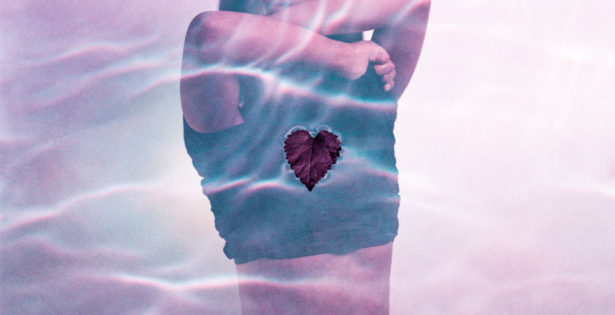We’re about to release the second edition of Rituals for Transformation, so I’ve been writing about the 14 broad themes we cover in the book. Actually, it’s more of a process than a book, with a one-page lesson to read each day, and then the rest of the day to practice the lesson in your life. Let’s continue looking at these “avenues for awakening.”
Forgiveness
There’s so much to say about forgiveness; I’ve written numerous articles about it. Here’s a brief synopsis: The opposite of forgiveness – what we might call resentment or holding grievances or perpetuating inner conflict – is a gigantic impediment to freedom and peace. There’s little, if anything, of greater value than freedom and peace, but we can’t be totally free or peaceful if we’re holding someone or something hostage in our mind.
Most people have much more resentment than they’re aware of. Upon diving in, we usually discover we resent ourselves for all the ways in which we aren’t being who we think we should be, and all the ways we believe we have obstructed our own happiness and success; our bodies for not looking, feeling, or performing the way we think they should; people for not behaving the way we think they should (not just those in our lives, but also politicians, corporations, and the big “they” who pollute, steal, murder, or otherwise make the world less the way we like it); the planet / the Universe / God for letting people die, making earthquakes, wildfires; etc.
Forgiveness is often difficult because we (usually subconsciously) believe that holding onto our grievances will eventually make things better for us – e.g., the world will repent and undo all the suffering it has caused us. It’s just the opposite, though. Withholding forgiveness keeps us trapped in suffering. And true, radical forgiveness is potentially the key to the life of ease and lightness we all want.
Energy Awareness
Some sensitive individuals have an awareness of life energy. This is also true of those who have studied qi gong, tai chi, acupuncture, energy healing, and certain forms of yoga and meditation. They foster an awareness of a dimension of reality that isn’t part of most people’s everyday experience. We believe that such an awareness is gratifying and useful.
When you’re aware of your energy, you can perceive more clearly how you’re influenced by thoughts, foods, and interactions with the world. In this way, you can better understand what supports you and what doesn’t. There’s clarity in being able to recognize what’s affecting to your experience, and power in knowing how to be in harmony with your environment. The lessons in this section are meant to help one cultivate this form of awareness.
Self-Care
When it comes to nurturing ourselves, some of us don’t do any conscious self-care, some approach self-care with a sense of obligation or burden, and some delight in the process. The lessons in this section are intended to help the reader approach it as a sacred and thoroughly enjoyable part of life. This engenders a sense of reverence and gratitude for oneself. It’s an opportunity to slow down and be present. And while such presence, by definition, means doing it for the in-the-moment experience, there are also inevitable benefits to one’s overall life from observing such a practice.
Connection With Nature
Humans are less conscious of Nature than ever before in our existence. It’s easy to live almost entirely indoors, in our minds, and in our little socialized worlds, forgetting how utterly dependent we are on the natural world – and how lost we’d be without it. These lessons are intended to rekindle this connection.
Inviting Nature into our lives does so much for us. It’s a source of constant awe and gratitude. We recognize just how intertwined the web of life is. We see that it provides for us in all ways. We remember that it birthed us. And when we approach it as a student to a teacher, we learn the timeless, balanced Way of the Universe.
I hope the discussion of these themes has whetted your appetite for jumping into this process. We’ve been honored and delighted by all of the stories we’ve heard from users of the book – stories of growth and healing and discovery that go beyond what we could have imagined. If you feel like sharing your thoughts on these themes, or your experience with the book, we’d love to hear from you.
Be well,
Peter



 Cart
Cart

Thank You 🙏🏻 💜
You’re welcome!
This article came on the same day I got together with my best friend. We haven’t talked in a while. Life gets in the way. I am truly embarking on a short trip next week that addresses everything you just wrote about. My friend commented that I prefer trees over the ocean. I have always been rejuvenated after being in the forest. For her, it’s the ocean.
I have the Rituals of Transformation, I haven’t started yet.. life you know. Will the new additions be available for previous purchases?? Downloads or inserts?
Thanks for sharing, Amanda. Have a great trip!
As for the revisions, the bulk of it is corrections and minor clarifications to the wording, and because they’re scattered throughout the text, it would be difficult to supply owners of the previous version with a download that will point out each of the words we changed. But we didn’t replace any lessons entirely – the substance of the text remains about 95% the same.
Be well.
When is it coming out .. your books make the best gifts❤️
Nature is a great healer and joy💗